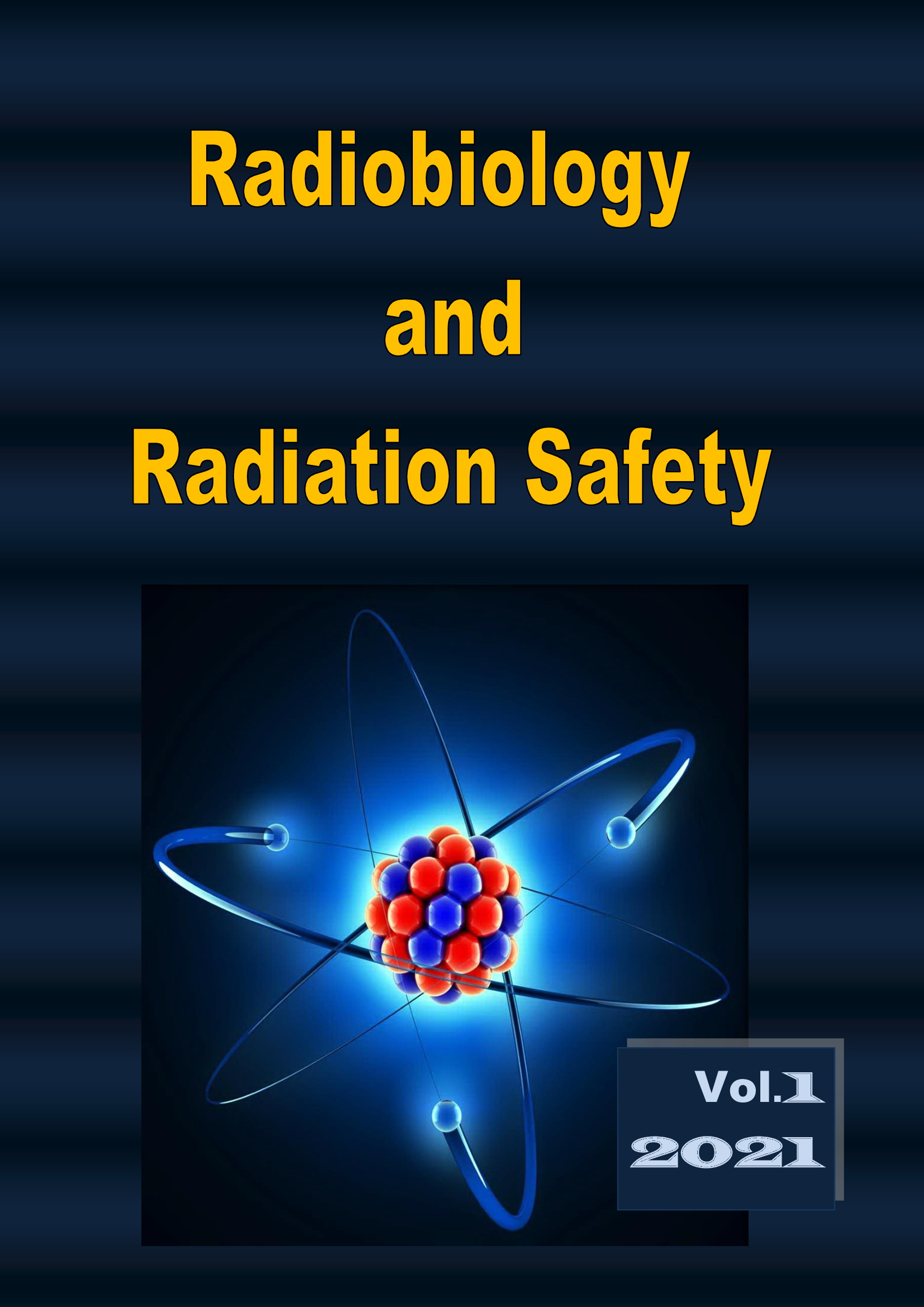Development of the Complex Cyto and Molecular Genetic Markers for Predicting of Complication of Radiotherapy
DOI:
https://doi.org/10.63465/rrs120213282Keywords:
Radiotherapy, Complications, Micronuclei, DNA-CometsAbstract
Prediction, prevention and treatment of early and especially late adverse effects of radiation therapy is an urgent task in modern biology and medicine. The aim of the present study was to evaluate the informativeness and clinical efficacy of cyto and molecular-genetic characteristics of genome instability in terms of diagnosis and prognosis of radiogenic complications. 30 oncologic patients with larynx cancer (stage 2 end 3) undergoing the radiotherapy were investigated. The irradiation was carried out on a linear accelerator: 2Gy/fraction, total dose 70 Gy, Leucocytes, dicentric chromosomes, level of micronuclei in buccal (MnB) and erythrocytes and level of DNA-Cometbefore irradiation, after receiving half and total dose were investigated.
Exploratory and confirmatory data analyses methods (K-mean Clustering, ANOVA, Xi2) were used. To identify the optimal predictors of the risk of complications, a Binary Logistic Regression analysis and Receiver operating characteristic (ROC) curve analysis was performed. After receiving a half-dose of irradiation a statistically significant changes of all characteristics is observed in patients (F≥9.21; p<0.001). Clustering patients by the amplitude of radio-induced deviations from the background level (level before irradiation) of characteristics revealed groups of low and high risk of complications.It was confirmed that there is a causal relationship between the stage of the disease and the risk of complications, although its statistical significance is close to the threshold value (χ2 = 8.22, p = 0.051), which indicates that the stage of the disease is not the only factor that determines the risk of complications.Analysis of the cyto and molecular-genetic profile of the complication risk revealed a statistically significant relationship between it and the frequency of dicentric chromosomes, level of micronuclei in erythrocytes and buccal cells (F ≥ 5; p ≤ 0.05). The levels of leukocytes and DNA comets depend on both the stage and the level of risk (F ≥ 5; p ≤ 0.05). To determine the optimal predictors of the risk of complications, a binary logistic regression analysis was performed. It was found that the strongest predictors are the background level of DNA comets (regression coefficient = 0.89 ± 0.41; p = 0.029) and the micronuclei
level in buccal cells (regression coefficient = 21.92 ± 8.86; p = 0.013). Using the Receiver Operating Characteristic analysis, revealed the high clinical efficacy of the criterion (AUC = 0.93), and the optimal Cutoff_level (0,5), providing Sensitivity = 0.866 and Specifity = 0.875. Our results suggest that levelofthe of DNA comets together with level of MnBbefore treatment can be used to predict the risk of developing complication afterradiotherapy.



